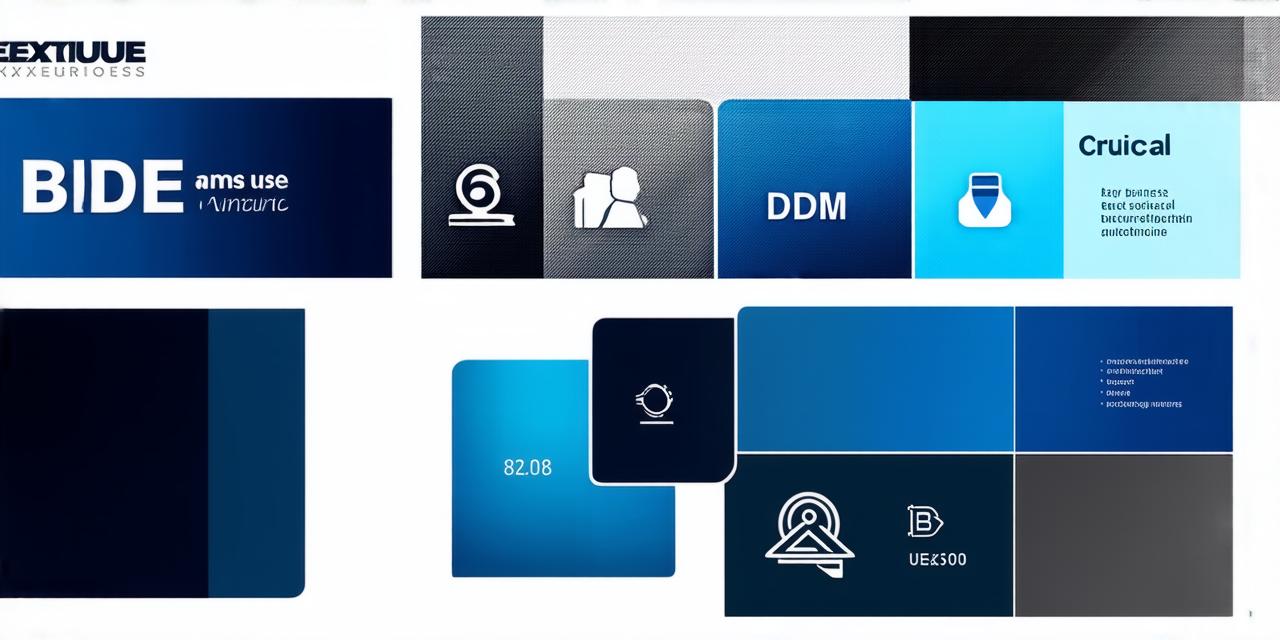In today’s fast-paced business environment, it can be challenging to keep up with all the latest trends and buzzwords. Two such acronyms that have gained popularity in recent years are BDE and BDM. In this article, we will dive into these crucial business acronyms and explore their significance in today’s business landscape.
BDE stands for Business Development Executive. A BDE is a professional who is responsible for identifying new business opportunities, building and maintaining relationships with clients, and driving revenue growth for a company. They work closely with sales and marketing teams to develop and implement strategies that can help companies expand their customer base and increase their bottom line.
BDM stands for Business Development Manager. A BDM is a more senior-level position than a BDE and is responsible for overseeing a team of business development executives. They work closely with the CEO, CMO, and other senior leaders to develop and implement long-term business strategies that can help companies grow and achieve their goals.
One of the key benefits of having a strong BDE or BDM program is that it can help companies stay ahead of the competition. By identifying new opportunities and building relationships with potential clients, BDEs and BDMs can help companies gain market share and increase revenue. Additionally, by working closely with sales and marketing teams, they can ensure that their company’s messaging and branding are consistent across all channels, which can help build trust and credibility with customers.

One real-life example of the impact of BDEs and BDMs is the success story of Salesforce. When the company was founded in 1995, it focused on selling software to small businesses. However, as the company grew, it realized that it needed to expand its customer base and target larger enterprises. That’s when the company hired a team of BDEs and BDMs to identify new business opportunities and build relationships with potential clients. Today, Salesforce is one of the largest software companies in the world, with a market capitalization of over $300 billion.
While BDEs and BDMs are essential for driving revenue growth and expanding a company’s customer base, they are not without their challenges. One of the biggest challenges is finding talented individuals who have the right skills and experience to excel in these roles. Additionally, BDEs and BDMs must be able to adapt quickly to changes in the market and be willing to take risks in order to identify new opportunities.
Despite these challenges, the demand for skilled BDEs and BDMs continues to grow. According to a report by LinkedIn, the number of job postings for BDEs and BDMs has increased by 25% over the past year alone. This is because companies recognize the value that these professionals can bring to their business and are willing to invest in hiring top talent.
So, if you’re a development services company looking to take your business to the next level, consider investing in a strong BDE or BDM program. By identifying new opportunities, building relationships with clients, and driving revenue growth, these professionals can help your company stay ahead of the competition and achieve its goals.
FAQs:
1. What is the difference between BDE and BDM?
BDE stands for Business Development Executive, while BDM stands for Business Development Manager. A BDE is responsible for identifying new business opportunities and driving revenue growth, while a BDM oversees a team of BDEs and develops long-term business strategies.
2. How do BDEs and BDMs contribute to a company’s success?
BDEs and BDMs help companies stay ahead of the competition by identifying new business opportunities, building relationships with clients, and driving revenue growth. They also work closely with sales and marketing teams to ensure that messaging and branding are consistent across all channels.
